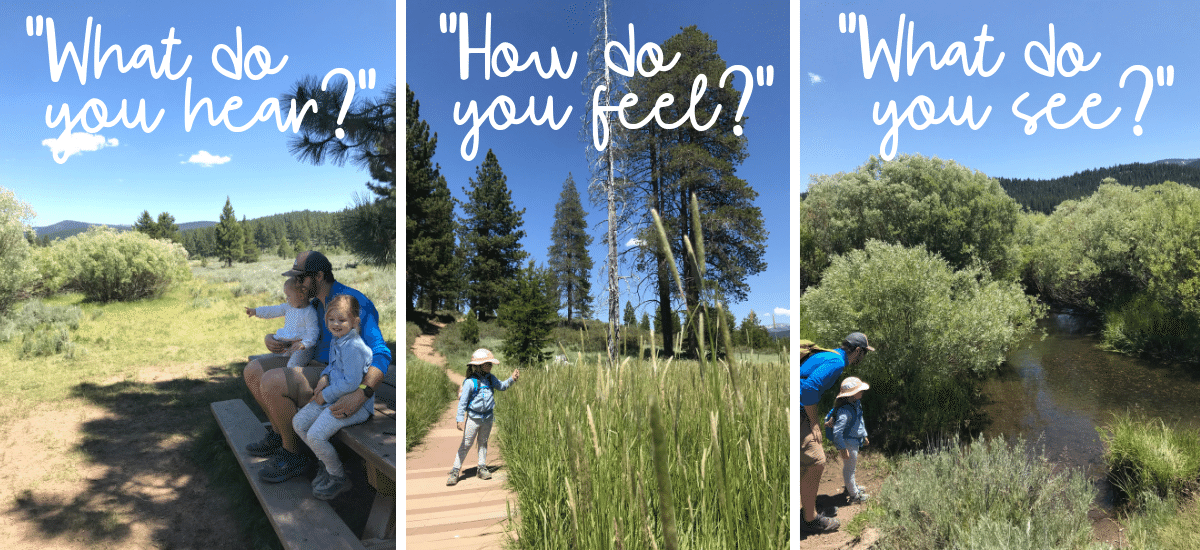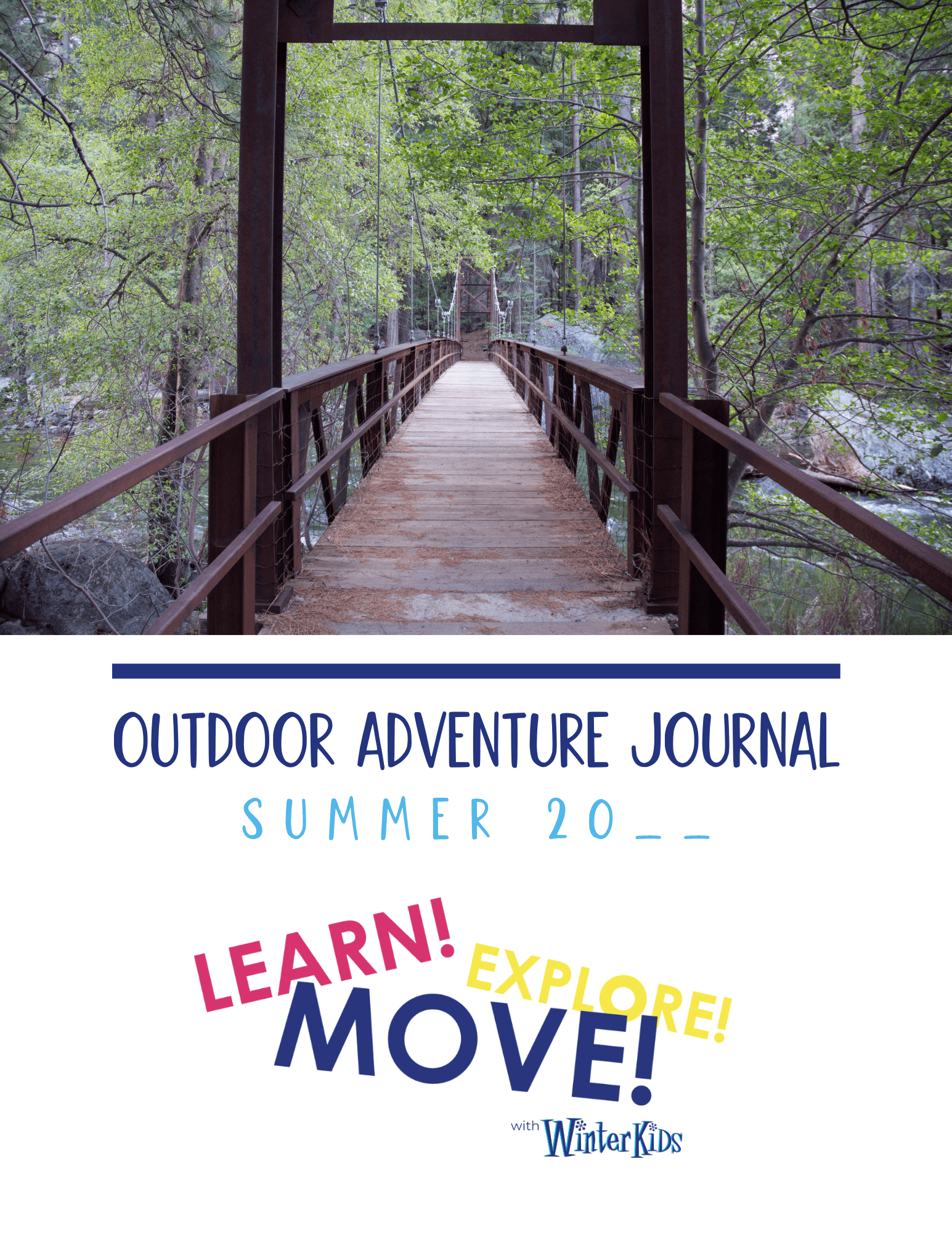(Inspired by lessons from the WinterKids Learn Outside Guide)
Summary/ intro
This activity is great for children who are in Grades PreK – Grade 2 and can be modified for children in higher grades. We will spend time outside and create the first entry for a summer journal that will invite your child to express ideas and feelings generated by their time spent outdoors. We hope this will help fuel your child’s desire for an active summer outside, and also become a fun keepsake of summer memories.
Materials needed:
*Save the downloads below and print more journal pages if your child would like to continue journaling throughout the summer!
Step 1: Get outside!
Go for a hike, a walk along a nature trail, go kayaking, spend time at the beach… We recommend spending at least a half-hour outside for this activity. Remember to take it easy- go at your child’s speed, and always bring healthy snacks, water, and sunscreen!
Talk about what it is like to be outside during summer. And how this location is different in the winter.
Ask your child to pause every now and then to use one of their senses…


Step 2: Get Your Journal Ready
Back at home, help your child start their journal.
*If you’d like to use your own notebook, be sure to designate two sections in each entry: one spot for their illustration and one spot for writing.

Step 3: Write!
(If your child is not writing yet, ask them to dictate their story to you while you write in the journal for them.) Ask your child to think about what happened at the beginning, middle, and end of your outing. Talk with them about using transition words in their journal entry (download Transition Word printout here). Invite your child to write/ narrate about their experience outside. Encourage them to include what they did, how they felt, what they saw, what they heard, etc…
Some helpful sentence starters to get their wheels turning:
- ”I could feel the…”
- ”I could hear…”
- ”I felt (emotion or sense of touch)…”

Step 4: Draw!
Invite your child to draw about their outdoor adventure. Encourage your child to consider what they heard, what they saw, how they felt, etc… and to tell the story of their adventure through their drawing.

Suggested accommodations for children with special needs: Supply large grip crayons and pencils for students with fine motor issues.
“Get outside, get into nature, and make your own discoveries.“
– Dr. Scott Sampson (Paleontologist and author of How To Raise A Wild Child)






